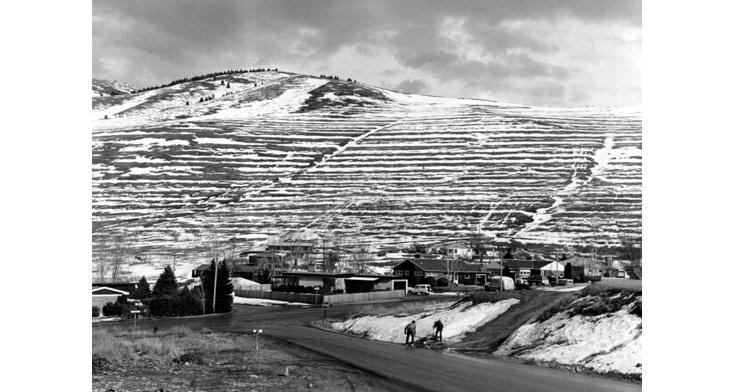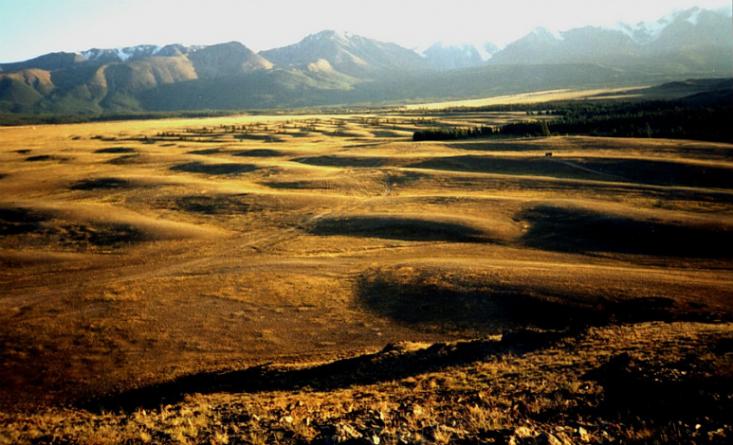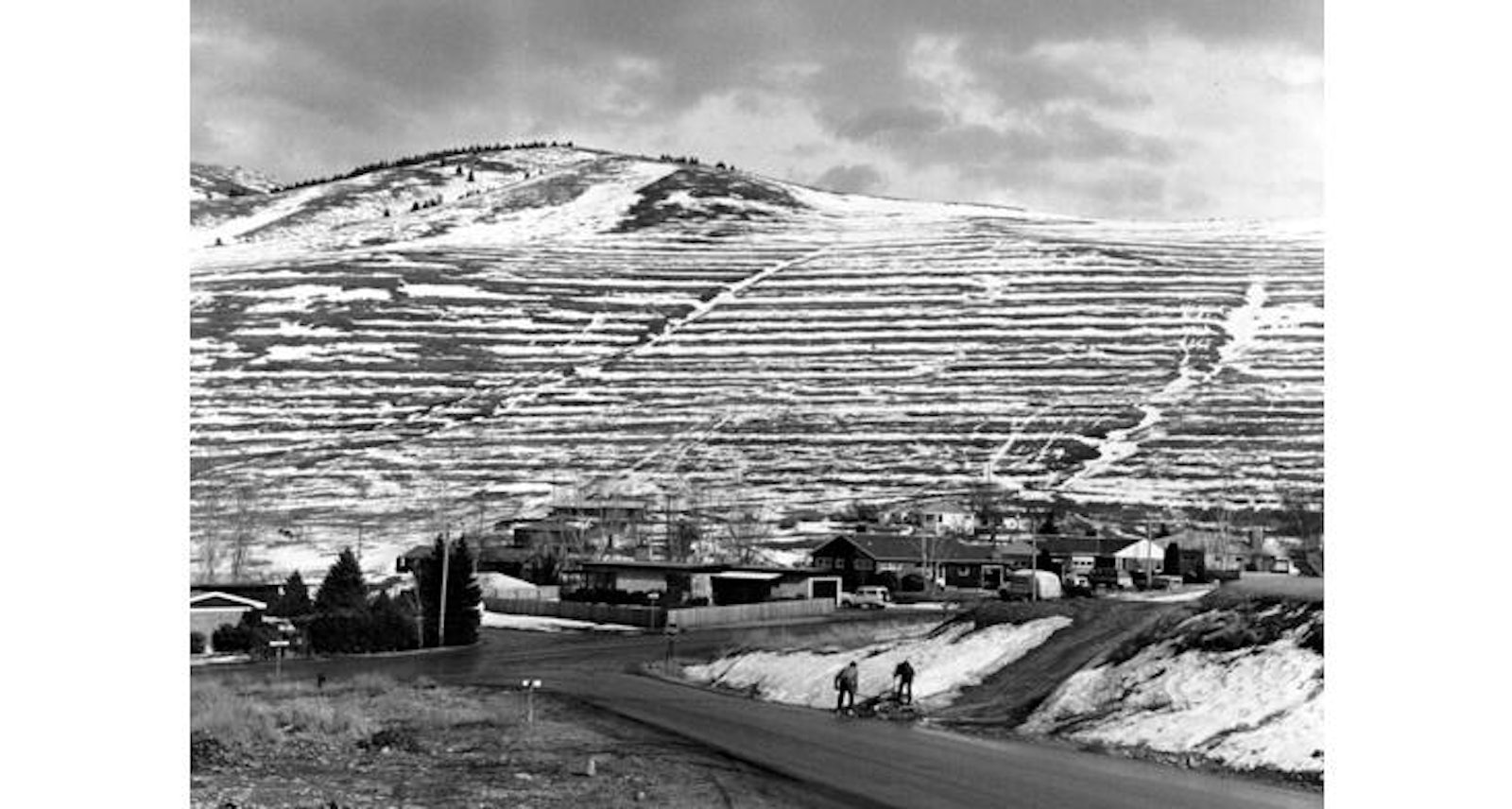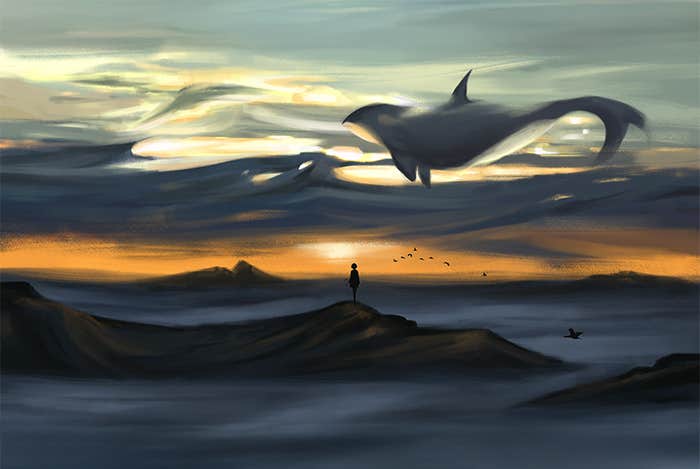
You may not realize it, but all around you lie coded messages about the past. The curve of a hill, the shape of a lake, or the almost dinosaurian spine of that ridge in a nearby state park are signals of dramatic events in your neighborhood, at the remove of millennia. If you know how to read them, they can paint quite a specific picture of that long-ago time.
Take, for instance, the unusual natural terraces of the hills near Missoula, Montana, shown above.
In the 1920s, a geologist named J. Harlen Bretz set off a decades-long controversy when he suggested that a set of mostly dry canyons in eastern Washington, just to the west of Montana’s terraced hills, were caused by enormous prehistoric floods. The idea was controversial—the prevailing wisdom in geology favored explanations involving slow, ongoing processes over immense time periods (“geological time”), rather than quick, catastrophic events—but Bretz pointed out that neither glacial erosion nor many centuries of continuous water flow would leave channels of this peculiar shape, size, and arrangement. One of the largest rock features was the remnant of what seemed to be a tremendous waterfall, five times the width of Niagara Falls, now dry and with no signs of where that rush of water would have come from.
These terraces along the Montana hillsides, along with giant ripples on the land, were the key to deciphering the landscape. Another geologist, Joseph Pardee of the USGS, suggested that they were the signs of an ancient lakebed—the terraces were beaches formed as the water rose and fell, and the “giant current ripples,” which resemble forms seen on sandy beaches and at the bottoms of modern lakes, were the result of water churning. Decades of research from Pardee and others revealed what happened: Thousands of years ago, at the end of the last ice age, there was a lake with half the volume of Lake Michigan near modern-day Missoula, in western Montana. It was held in by a dam, a wall of ice some 23 miles long and half a mile high. When that dam burst, it sent a mega tsunami of water thundering across eastern Washington, carving the canyons that stand there now and sending a flood of water over those dry falls that formed the largest known waterfall in the history of the world.
All that starting with a few lines scribed upon the land.
And the interpretation of such structures continues: Thousands of miles away, terraces and ripples have suggested to geologists the existence of another immense glacial lake, in the Altai Republic in Siberia.

Geologists say the landscape here was likely caused by a similar flood resulting from a breach of an ice dam; they currently believe it would have been the equivalent of 86 Amazon rivers pouring out in just a few days’ time—on the same scale as flooding from Lake Missoula.
All that’s left today of these cataclysmic events are features that the average observer might not notice, but taken together, they encode a detailed history of the land.
Veronique Greenwood is a former staff writer at DISCOVER magazine. Her work has appeared in Scientific American, Popular Science, and the sites of Time, The Atlantic, and The New Yorker. Follow her on Twitter here.


























